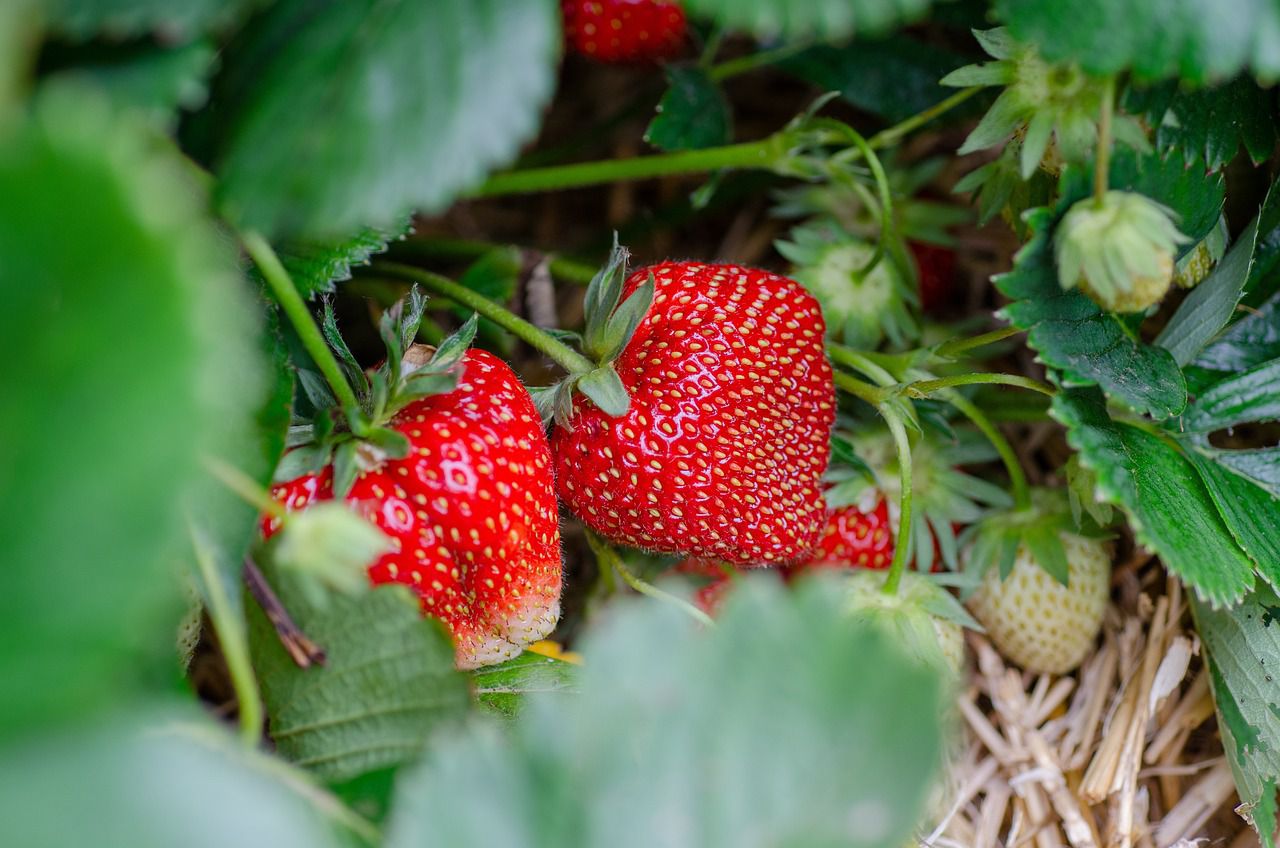Have you ever noticed that fruits in your garden spoil or overripe too quickly?
Fruits in your garden can spoil quickly due to a combination of factors, many of which are related to the natural processes that occur as fruits mature and are exposed to various environmental conditions.
Here are some reasons why fruits in your garden might spoil rapidly.
Ripening Process
Fruits naturally go through a ripening process as they mature.
During ripening, fruits produce ethylene gas, a plant hormone that promotes the softening and color changes associated with ripeness.

While ethylene is necessary for ripening, it can also accelerate the breakdown of fruits, leading to spoilage if not consumed promptly.
Microorganisms
Bacteria, molds, and yeasts are present in the environment and can colonize the surfaces of fruits.
As fruits become ripe and their protective outer layers soften, these microorganisms can penetrate and start breaking down the fruit's tissues, causing spoilage.
Warm and humid conditions can further promote the growth of these microorganisms.
Enzymatic Browning
Enzymes present in fruits can cause browning when they come into contact with oxygen.
Browning can be unsightly and also indicate that the fruit's quality is deteriorating.
Physical Damage
Fruits that are handled roughly or have been damaged during harvesting, transportation, or storage are more susceptible to spoilage.
Bruises, cuts, and punctures provide entry points for microorganisms and accelerate the breakdown of the fruit.
Moisture and Humidity
Excess moisture, either from rain, dew, or high humidity, can create an environment conducive to the growth of molds and bacteria.
Moisture on the surface of fruits can lead to quicker spoilage.









